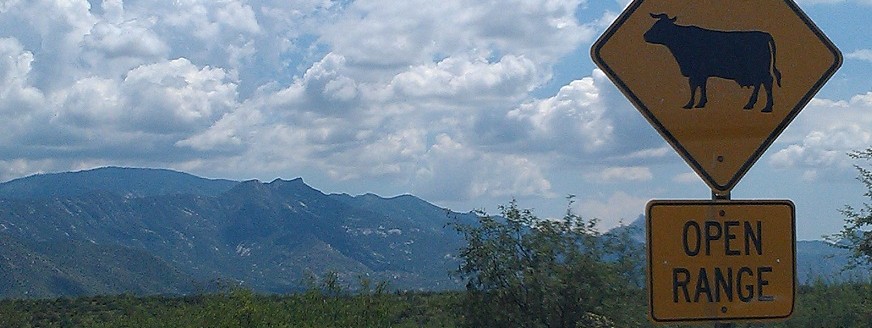After reading about raw milk for the longest time on health blog after health blog, I finally decided to try some. Unfortunately, I live in New York City, and the only place where I can legally purchase raw milk is on a farm that has a special State license to sell such milk, and the nearest such farm is Edgwick Farm, which is located around 60 miles from my home. It still is the closest farm to New York City and well worth the drive. Additionally, this farm is located close to the Woodbury Commons Outlets, so if you ever want to make a trip for clothing deals, you can make a short 15 minute detour, purchase some milk, place it into a cooler and enjoy some shopping before heading home. The ride actually is not that bad, and if you live in the northern part of the Bronx, you can make the trip in less than an hour. I decided to map it from my alma mater – the Bronx High School of Science, which happens to be located in the Northern area of the Bronx and the distance was only 54 miles. Be sure to contact the farmers before you go because the last thing you want to do is show up at a farm and all the farmers are missing because they are out at farmers markets selling their food!
What follows is some detailed information regarding the differences between the standards for raw milk and regular pasteurized or God-forbid ultra-pasteurized milk:
In New York State, Raw Milk sales are legal only on a farm that has obtained a license from the New York State Department of Agriculture and Markets (http://www.agriculture.ny.gov/) Since most "experts" consider raw milk to be "dangerous", at the time of sale, the farmer must show you and post a sign that reads:
"NOTICE: Raw milk sold here. Raw milk does not provide the protection of pasteurization."
The standards and testing for Raw Milk are very strict, to put it bluntly, raw milk has to be very clean in order for it to be sold, while regular pasteurized milk can be swimming in filth and bacteria and can be sold to you as long as it is "pateurized."
Bacterial limits
So, what I find interesting are the bacterial limits for milk for varying grades and types of milk. For example, look at the bacterial limits for Grade A milk before it is pasteurized – not to exceed 100,000 per ml prior to comingling with other producer milk, not to exceed 300,000 per ml as commingled milk prior to pasteurization Do you know what that means? Commingled milk is milk that has come from two different cows and mixed together. So that means if you take milk from a bunch of cows and mix them up, you can not have more than 300,000 bacterial parts per milliliter. That sucks… 300,000 parts is a lot. The good news though, is that after the milk has been pasteurized it is expected that the bacteria is much less in number. Technically, it is still there, but all of that bacteria is now "dead", because boiling milk doesn't make the bacteria leave, it just kills it.
Now, after the milk has been pasteurized the limits are:
– 200,000 per ml except with respect to frozen desserts
– 100,000 per ml for frozen desserts
Now for Raw Milk, the bacterial limits are much stricter:
– 30,000 per ml
Allow me to read between the lines for your – pasteurized milk can be filthy and disgusting, but as long as you pasteurize it it is safe and legal to sell! Raw milk however… has to be clean… So I don't know about you, but I prefer to drink milk that never contained 300,000 parts per ml of bacteria. Anyway, enjoy this Google Map of New York State Raw Milk Permit Holders (note: This list may not be up to date, things change, people give up their licenses…etc) View New York State Raw Milk in a larger map
Sources:
[1] Raw Milk Permit Part 2 – http://www.agriculture.ny.gov/DI/PDF%20WebDocs/RawMilkRegsPart2.pdf
[2] Raw Milk Sales – Startup and Guideline http://www.agriculture.ny.gov/AI/sheep_goats/Raw_Milk_Sales_Start_Up_and_Guidance_0508.pdf
